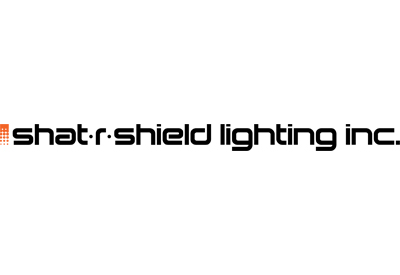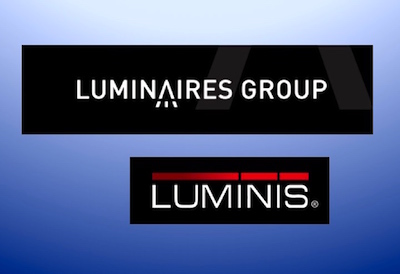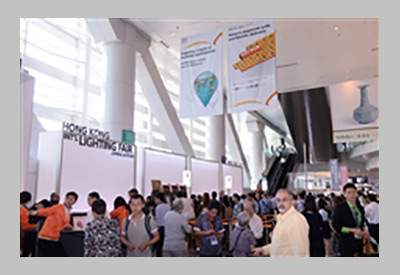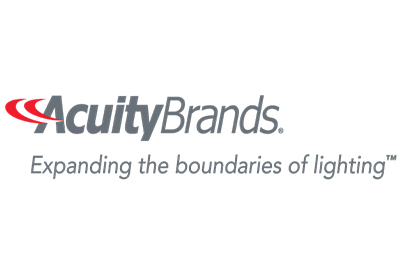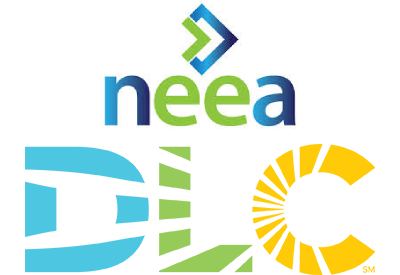Lighting Research Center Releases Report on LED Horticultural Lighting Systems
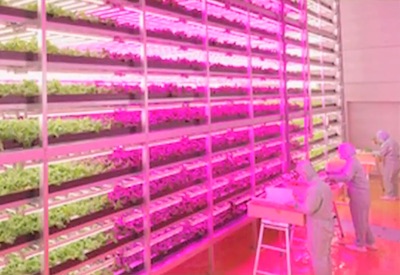
May 17, 2018
The Lighting Research Center (LRC) at Rensselaer Polytechnic Institute has published a new report on the energy and economic performance of LED horticultural luminaires. The LRC evaluated key factors such as power demand, life-cycle cost, luminaire intensity distribution, and luminaire shading. Of particular importance is the fact that the LRC considered the effectiveness of the entire lighting system for a controlled growing environment.
The research team found that for a given growing area, energy savings were possible with some of the tested LED horticultural luminaires compared to the tested high-pressure sodium (HPS) and metal halide (MH) horticultural luminaires, when meeting the same photosynthetic photon flux density (PPFD) criterion. However, there was remarkably wide variation among products.
The LRC chose PPFD as the primary metric for the evaluation because for plants PPFD is analogous to photopic illuminance on a work surface in an architectural application. Just as it is only valid to compare the power densities of alternate lighting systems at equal illuminance levels on the work plane, the power densities of alternate horticultural luminaires should only be compared when they provide the same PPFD on the plant canopy. The LRC found that, on average, approximately three times as many LED horticultural luminaires would be needed to provide the same PPFD as a typical 1000-watt HPS horticultural luminaire layout.
For this project, the LRC developed an equal-PPFD-based framework for evaluating and comparing horticultural luminaires, which includes 11 luminaire-specific metrics and 5 application-specific metrics to provide growers with the most accurate information regarding any given horticultural luminaire’s performance. The LRC used this framework to evaluate a total of 14 horticultural luminaires, including 10 LED products. The evaluation included photometric testing, application simulations, and life-cycle cost analysis.
The results of the evaluation show that stakeholders can be misled by considering luminaire efficacy alone. Rather, the luminaire intensity distribution and layout to reach a criterion PPFD are necessary for an accurate life-cycle cost analysis. The LRC report provides a technology-neutral framework that stakeholders can use to evaluate lighting systems.
“Upon analyzing our data, we were intrigued by how intensity distribution and layout emerged as key factors in system performance,” says LRC Research Scientist Leora Radetsky, who authored the report.
When choosing a lighting system for a greenhouse, growers should consider the size and number of luminaires needed, because luminaires block daylight from reaching the plants. The LRC shading analysis found an increase in shading from LED luminaires compared with HPS luminaires due to the size of the luminaires and the fact that more are needed to provide the same PPFD. The shading from LED luminaires reduces daylight in a greenhouse by up to 55% compared with a 5% reduction in daylight from HPS luminaires, thus more electric energy could be needed for lighting with the LED systems, depending upon the available daylight.
In a recent LRC survey, 75% of growers identified the cost of LED horticultural lighting to be a barrier to adoption, therefore it was important to include a life-cycle cost analysis in the report. The LRC found that three of the tested LED horticultural luminaire lighting systems had lower life-cycle costs and the remaining seven had higher life-cycle costs than either of the two 1000-watt HPS lighting systems that were tested.
“Energy use and life-cycle costs vary widely among LED and HPS lighting systems used in controlled environment horticulture,” said Radetsky. “It has been the standard approach for many years in the field of architectural lighting, and is becoming readily apparent in horticultural lighting, that we must conduct complete system energy and life-cycle cost analyses to generate an accurate picture of which technology would work best for each particular application.”
The project was funded by the Lighting Energy Alliance and Natural Resources Canada. Members of the Lighting Energy Alliance include Efficiency Vermont, Energize Connecticut, National Grid, and the Northwest Energy Efficiency Alliance.
Read the report: www.lrc.rpi.edu/programs/energy/pdf/HorticulturalLightingReport-Final.pdf
Photo source: Current powered by GE; https://www.youtube.com/watch?v=IKtF13K5_F4

